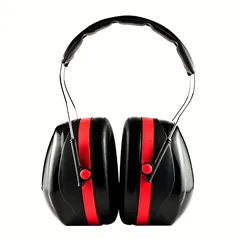
Why is it important to soundproof your floors?
Why Soundproof The Floors Of Your Homes?
Noise is considered as one of the most pervasive pollutants that lead to various stress and health related disorders. According to a recent survey by the charity Environment Protection UK, nearly 17% of the participants are distressed by the noise from their neighbours, inside their home.
Hard surfaces such as timber floors partially absorb sound waves and also generate vibrations that transmit sound to the other side. This can result in harmless activities like talking, playing music or using household gadgets becoming a cause of stress and noise pollution, unless the floors are adequately soundproofed.
A good acoustic insulation works by acting as a shock absorber – preventing the transmission of these sounds by deflecting or absorbing the sound waves.
Several types of acoustic insulation material are now available with varying specifications:
| Insulation Material | Characteristics |
Uses |
| Glass Mineral Wool |
|
|
| Rock Mineral Wool |
|
|
| Extruded Polystyrene(XPS) |
|
|
| Extruded Polyethylene(XPE) |
|
|
| Expanded Polystyrene(EPS) |
|
|
| Polyurethane (PUR) and Polyisocyanurate (PIR) |
|
|
| Foil Faced Bubble Wrap |
|
|
| Multi-layered Foils |
|
|
| Recycled Rubber Crumb ( Iso Rubber) |
|
|
Conformity to the requirements of ‘Building Regulations Document E’
The U.K government has set up the “Building Regulations Document E” to provide a reasonable standard of sound insulation and to bring down the noise pollution between and within all residential buildings
The table below shows the performance standards of floors in dwelling houses.
|
Noise Type |
Separating floors between dwellings and rooms used for residential purpose |
Separating floors between rooms created by a change of use |
| Airborne Sound InsulationdB (Minimum values) |
45 dB | 43dB |
| Impact Sound InsulationdB (Maximum values) |
62dB | 64dB |
The expected performance standards can be achieved by installing the insulation material underneath the screed as floating constructions. It is advisable to consult a screed/floor specialist to decide on the right type of insulation suited for your floor.
